Approach to Sustainability by the Gunma Complex
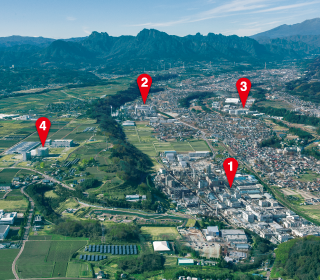
Overview of Plants of the Gunma Complex
Annaka City is located in the western part of Gunma Prefecture and is surrounded by an environment rich in nature. It is continuously developing as a research and production base for state-of-the-art silicon chemistry and plays a role as the main production hub for the products of Shin-Etsu Silicone. In 1996, the Gunma Complex was the first among major domestic chemical companies to acquire International Standard ISO 14001 certification concerning the environmental management system. Since then, it has positively approached sustainability activities and has steadily obtained good results.
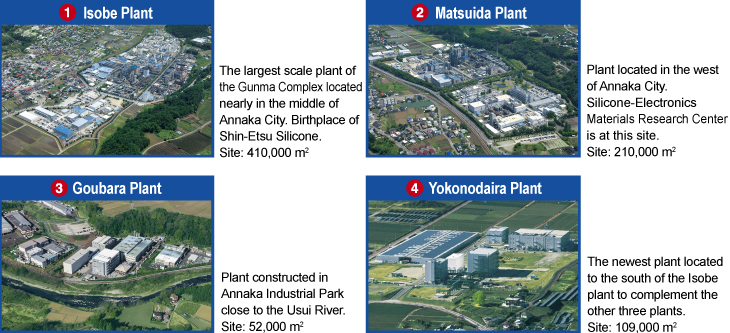
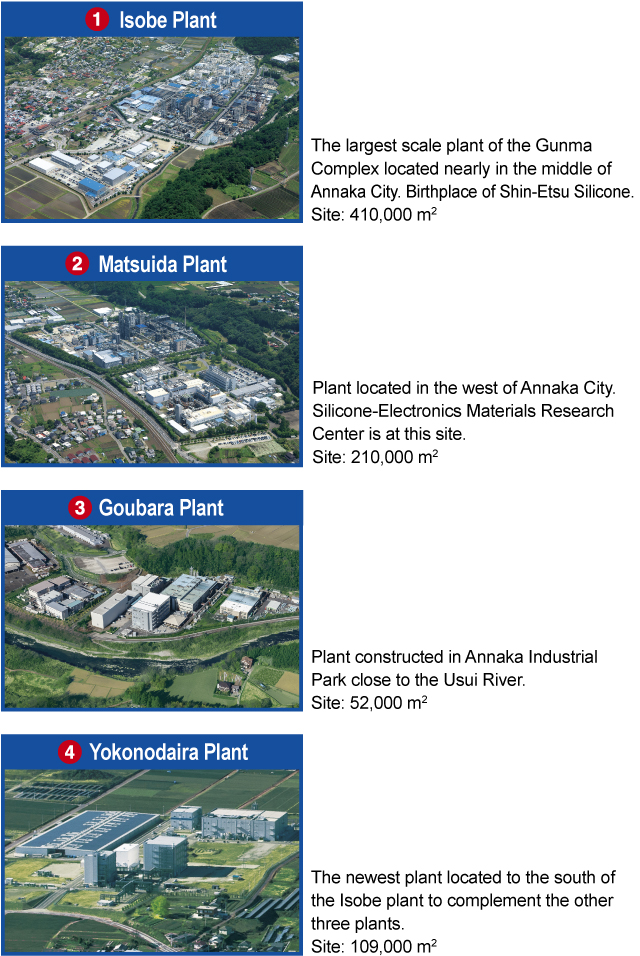
Each plant in the Gunma Complex mainly performs the following sustainability activities to realize a reduction in the environmental load:
The Gunma Complex uses electricity and natural gas with low emissions of greenhouse gases as energy sources to promote efficient utilization. Although energy consumption in this Complex rises as the production of silicone products increases, it approaches the promotion of energy savings (reduction of average annual rate of 1% in original units) and the reduction of greenhouse gas emissions (reduction of 45% in comparison with 1990 by 2025 in original units) by introducing a cogeneration system and renewable energy and by implementing measures to save energy in the manufacturing processes.
* Targets of approach of the company are shown in parentheses ( ).
Trend of original unit index of production amount in 1990 for greenhouse gas emissions
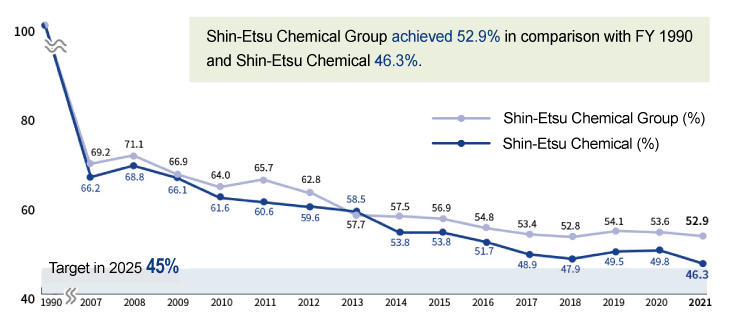
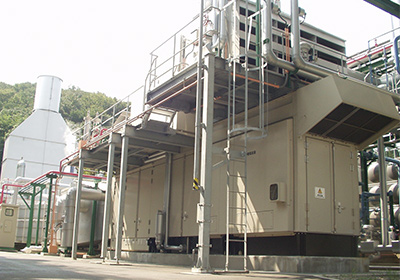
Both electric power and steam are generated from the cogeneration system using natural gas as fuel to supply the plants. The electric power is used for motors and lighting, and the steam is used as the heating sources for manufacturing facilities. In addition, power is generated by steam turbines using the pressure difference of steam. The energy utilization efficiency of the system is higher than that of commercial power supply and steam supply from boilers and thus greatly contributes to energy savings and the reduction of greenhouse gas emissions.
*Cogeneration (heat and power supply) system
System where electric power is generated by engines, turbines, and fuel cells using natural gas and petroleum as fuel, and the heat generated at that time is collected as steam and warm water simultaneously. Energy consumption efficiency is higher than that of a power company.
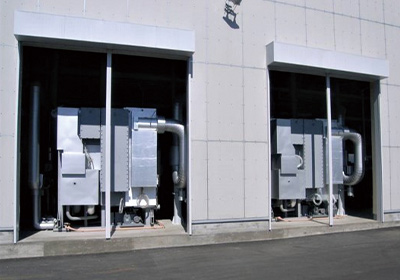
The reactive heat generated in the production processes are collected and effectively used as steam generation and product heating. In addition, part of the steam generated in the cogeneration system produces cold water using absorption type refrigerators, and the cold water is used as the cooling source for the manufacturing facility and the air conditioners in the clean rooms.
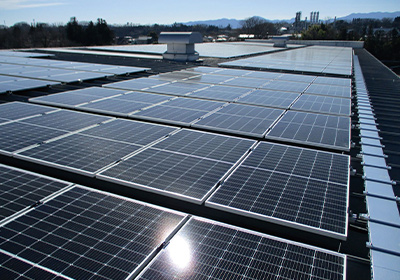
Solar panels with a power generation capacity of approx.148 kW were installed at the Goubara plant, and operation started in February 2021. They cover part of the power used at the plant, and the reduction of CO2 emissions of approx.71.5 tons per year is expected from annual power generation of approx.162 MWh.*
*Trial calculation from sunlight irradiation in Gunma Prefecture
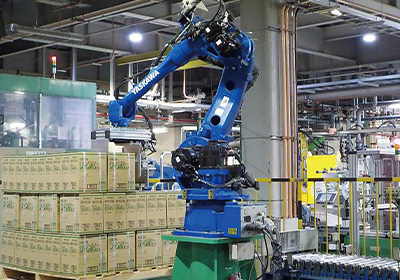
Operation aimed at saving energy is promoted in each manufacturing process.
Reducing Greenhouse Gas Emissions through Participation in the Local Production for Local Consumption PPA (Gunma model)
The Gunma Complex has been participating in the Local Production for Local Consumption Power Purchase Agreement program provided by Gunma Prefecture since April 2024. This initiative is a new system that supplies electricity from Gunma Prefecture's hydroelectric power plants to businesses within Gunma Prefecture.
The Yokonodaira Plant uses green electricity generated from hydroelectric power and other sources for 100% of its electricity consumption, working to reduce greenhouse gas emissions.
*PPA: Abbreviation for Power Purchase Agreement
![]() Approach to Sustainability by the Gunma Complex Vol.02
Approach to Sustainability by the Gunma Complex Vol.02
![]() Go to silicone that contributes to sustainability
Go to silicone that contributes to sustainability